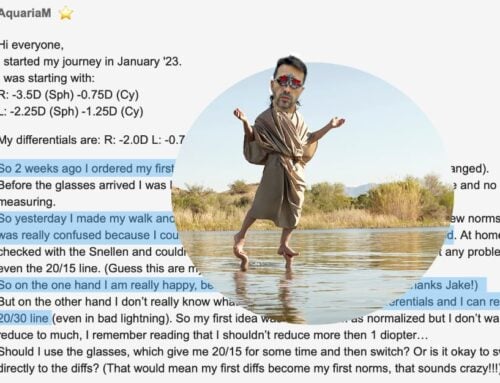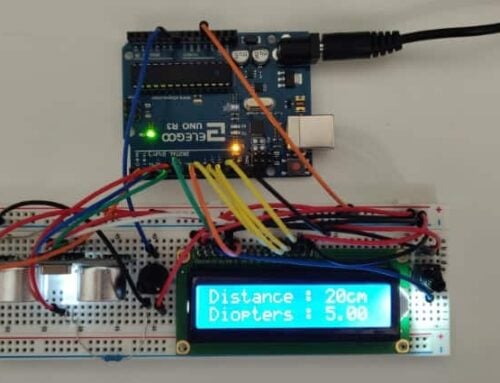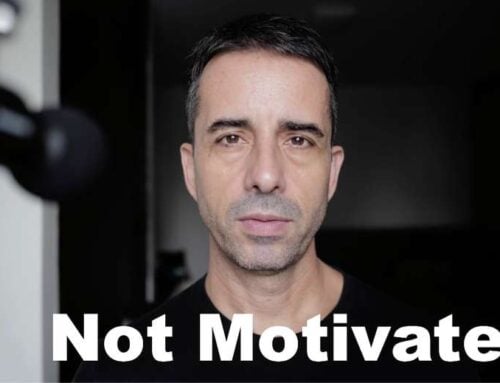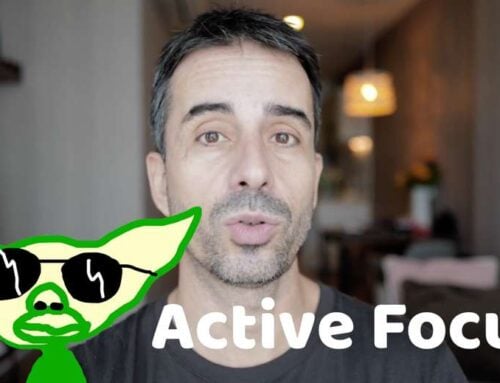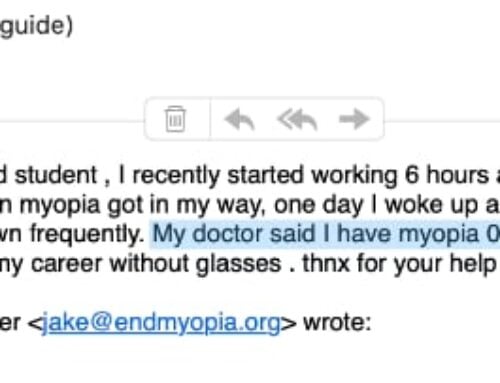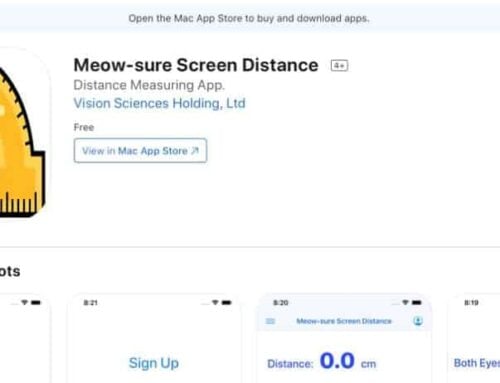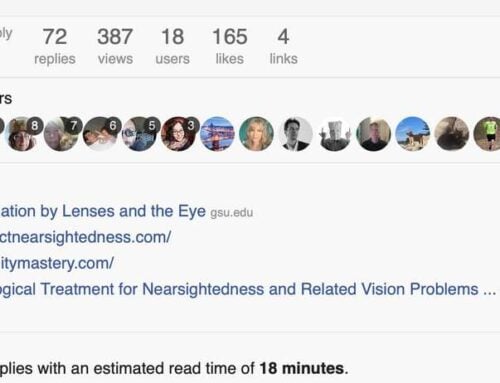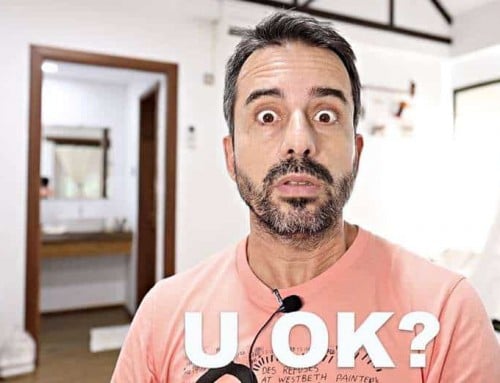For those of you who have already have a solid grasp on improving your eyesight, here is another strategy you can leverage to gauge your close up strain. This one assumes that you have a differential prescription, and ideally already have experience with the double vision distance for close-up.
As we know, your cumulative maximum improvement potential comes from two things:
1. Limiting close-up strain and ideally not have any ciliary muscle spasm at all.
For the most part I suggest breaks in relatively short intervals in the beginning of the program, and then gradually allow for longer close-up intervals, but ideally longer breaks as well. As you become reacquainted with the sense of strain and use lower prescription strengths, you should have a pretty good estimation about when you need a break.
We never quantify this further, early in the course. There is no real need to, and I try to keep the contents as much focused on just the essentials, as possible. Of course though, there is more. What we will look at here, is how you can much more accurately gauge at what point exactly your ciliary muscle is becoming strained. More on that in a moment.
Let’s first quickly consider the second aspect of eyesight improvement:
2. Getting positive stimulus through active focus.
Most of this comes from distance vision practices, or “pulling focus”. Close-up activities provide some stimulus as well, though they should be primarily viewed as strain reduction techniques.
Both are necessary. If you get good stimulus but have too much close-up strain, your net improvement will be slow. And if you have good close-up habits but not enough distance stimulus, likewise your progress will be slower than ideal. Finding an ideal amount of both is the challenge to get the most improvement in vision that you can.
You see some people here in the forum posting amazing improvements. You might see two, even three or more diopters improvement in a year span – this isn’t the average case, by all means.
There are a lot of factors at play. Overprescription, whether the participant has axial elongation in their eyeballs, how long and how much they wear prescriptions, the degree of strain, and there is also a genetic component (you might notice that two people in identical lifestyles get myopic at very different rates – this is often the secondary genetic contributor to myopia).
Today let’s look at the strain aspect a bit more.
You know to take breaks and get good distance vision. You already did plenty of centimeter measurements, and know how much your vision is reduced from being fresh in the morning, to how you do after a long day at work.
But where exactly is that moment, where you pushed your ciliary too far?
There is one, slightly effort involved way to find out. It’s worth doing when you have the time and don’t require intensive focus on work. Let’s try it out:
First, you want to find your double vision distance.
So rather than just moving back to the edge of blur, you want to go beyond that to clear up some double vision. That’s the real limit of your close-up distance.
If you haven’t found that yet, you can use the blur horizon, though it’s a bit less accurate for this test.
Now you want to patiently work / read at the double vision distance.
This requires being a bit more deliberate, as you likely need a bit more time for text to clear, than at the simple edge of blur. As long as you can get clear text using our double vision strategy, this is the distance to carefully maintain.
At some point, you will notice that you can no longer maintain this distance.
This could take anywhere from 20 minutes (incidentally the break time I suggest early in the program) to an hour or more. In any case, this is usually well less than two hours.
It’s not the most convenient test, since it requires slower pace as you are working at a challenging distance.
Note the time that you started inching closer to the screen.
This is when your ciliary is getting strained. If you do this a few times a week, you can get a pretty good gauge on when you want to be scheduling breaks, and for how long. After a long enough break you should be able to work at the double vision distance again, while being able to clear the text.
Of course this is not perfectly accurate, since there are various things at play. Your brain will get tired of the additional effort of processing the double vision image (that’s a notable contributor here). Your eyes are also more challenged at this maximum distance. You technically have a bit more time before your ciliary muscle needs a break, though I found this to correlate pretty well with ciliary strain.
Notice that you can go longer, most likely, if you have good lighting condition, and are not stressed or sleep deprived.
Also note how you are likely unable to maintain this distance (measure it!) even remotely, if you try to reproduce it after a whole day of normal close-up. Consider how much strain you exposed your eyes to, for a distance loss that may be fairly dramatic (working from the double vision distance).
In an ideal world you might choose the time you get from this experiment as your maximum close-up time before a meaningful break involving good distance vision.
But of course in reality this may not be possible. Still, just the awareness of strain, and knowing that this is a contributing factor to the speed of your recovery may be worth having as guide. If you need 10 hours a day of close-up, it is what it is. At least you have a differential prescription, good ambient lighting, are keeping maximum distance, practicing active focus, and getting breaks.
It’s much better than your habits before you found myopia rehabilitation, and your vision does improve. It may be slower than some of the accounts in the forum, but on the upside you are keeping a sustainable lifestyle so you don’t have to worry about loosing the gains you made.
It’s often better to stay realistic and make smaller changes, but ones you can sustain. A slower, but sustainable eyesight improvement is much better than a faster but transient one.
This article is merely to give you more tools to assess your vision, and the impact of your lifestyle. It should be helpful to answer the question of where you fall short on improvement potential. Take it for what it’s worth, but always be sure to go for the sustainable habits, instead of looking for maximum short term gains.
Enjoy!


